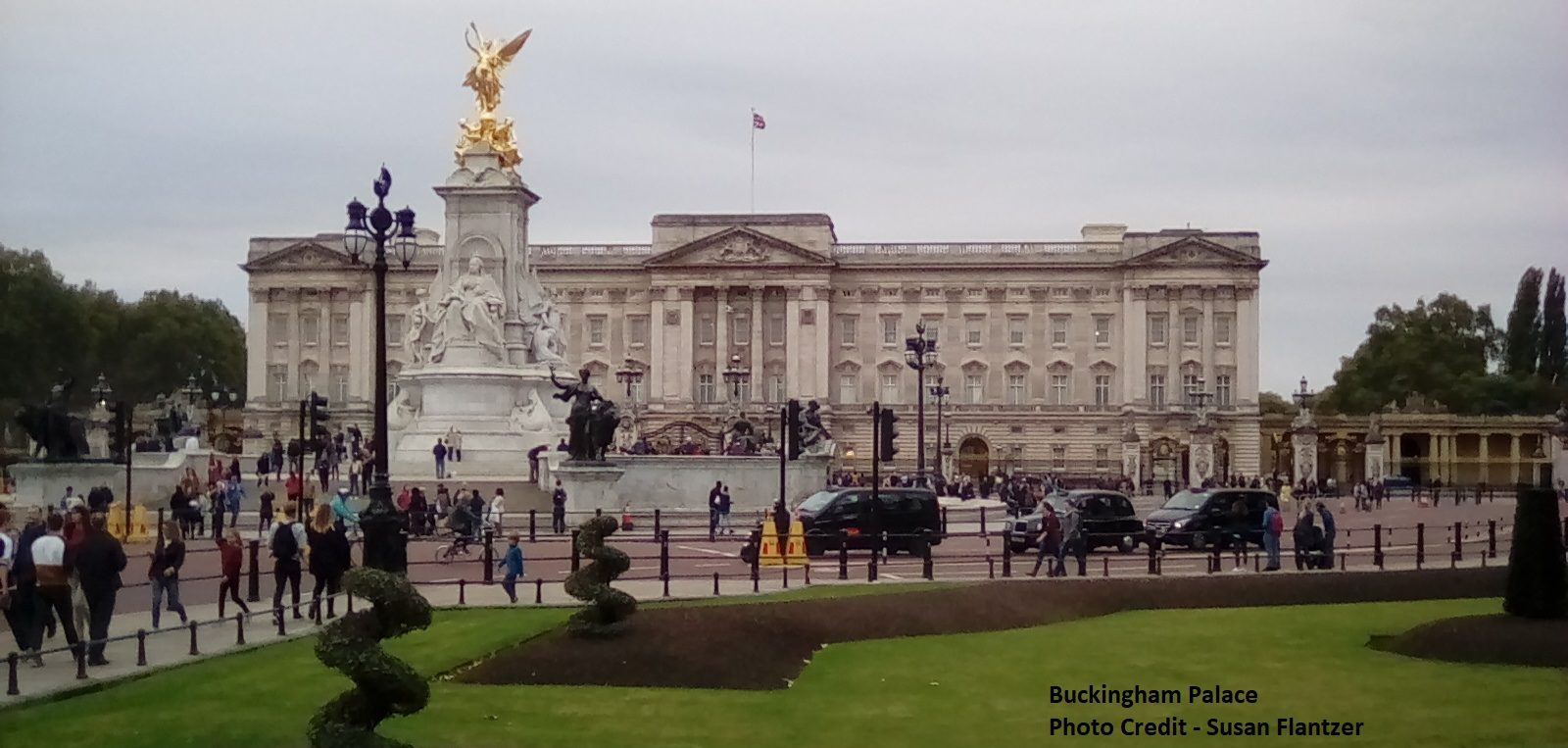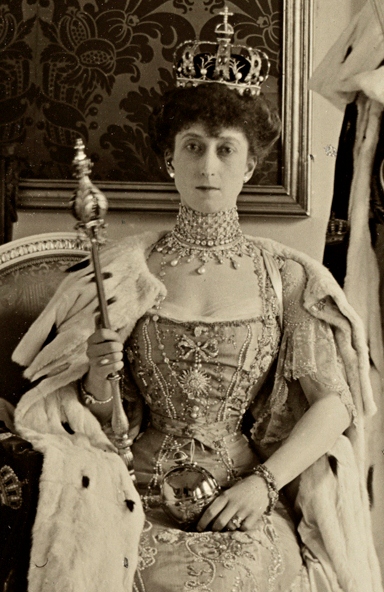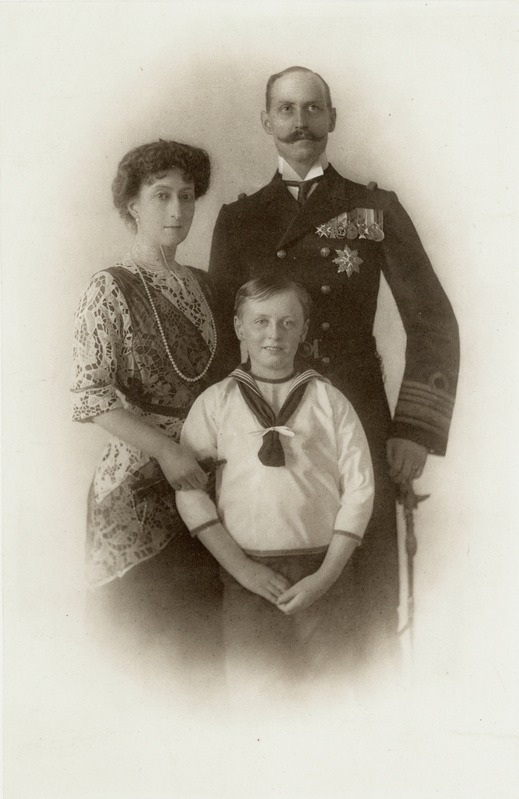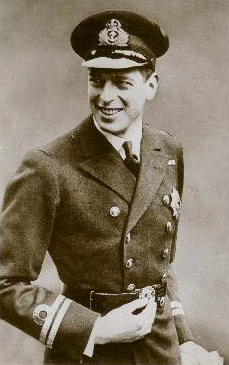by Susan Flantzer © Unofficial Royalty 2014

Princess Mary, Princess Royal, Countess of Harewood; Credit – Wikipedia
The only daughter of King George V and Queen Mary was born on April 25, 1897, in the year of the Diamond Jubilee of her great-grandmother Queen Victoria, at York Cottage on the Sandringham Estate in Norfolk, England. She was the third of the six children of her parents, the Duke and Duchess of York at the time of her birth. The new baby was named Victoria Alexandra Alice Mary, but was always known as Mary.
Mary was christened on June 7, 1897, at St. Mary Magdalene Church, Sandringham. Her godparents were:
- Queen Victoria (her paternal great-grandmother)
- The Princess of Wales (her paternal grandmother, later Queen Alexandra)
- Princess Mary Adelaide of Cambridge, Duchess of Teck (her maternal grandmother)
- Empress Maria Feodorovna of Russia (born Princess Dagmar of Denmark, her paternal great-aunt)
- Princess Victoria (her paternal aunt)
- King George I of Greece (born Prince Vilhelm of Denmark, her paternal great-uncle)
- The Prince of Wales (her paternal grandfather, later King Edward VII)
- Prince Francis of Teck (her maternal uncle)
Princess Mary had five siblings, all brothers:
- King Edward VIII (Duke of Windsor after his abdication) (1894-1972), married Wallis Simpson, no children
- King George VI (1895-1952), married Lady Elizabeth Bowes-Lyon, had two daughters
- Prince Henry, Duke of Gloucester (1900-1974), married Lady Alice Montagu-Douglas-Scott, had two sons
- Prince George, Duke of Kent (1902-1942), married Princess Marina of Greece, had two sons and one daughter
- Prince John (1905-1919)
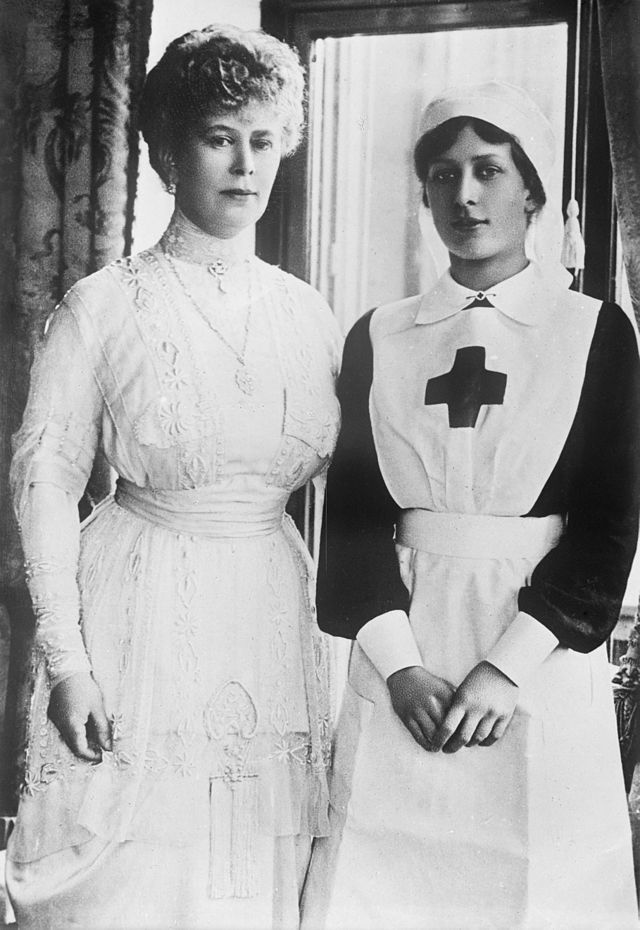
Princess Mary and her mother during World War I; Credit: Wikipedia, United States Library of Congress Prints and Photographs Division
Educated by governesses, Mary also shared some lessons with her brothers. During World War I, when she was a teenager, Mary accompanied her mother Queen Mary on visits to hospitals and other organizations that assisted soldiers and their families. Mary had her own project, Princess Mary’s Christmas Gift Fund, which sent a gift box to British soldiers and sailors for Christmas 1914. In 1918, Princess Mary began a nursing course at the Great Ormond Street Hospital, working two days a week in the Alexandra Ward. Mary actively supported the Voluntary Aid Detachment, the Women’s Land Army, and the Girl Guides. She was the honorary president of the British Girl Guide Association from 1920 until her death.

Photo Credit – Wikipedia
Mary was the first of her siblings to marry. On November 20, 1921, she became engaged to Henry, Viscount Lascelles, the eldest son of Henry Lascelles, 5th Earl of Harewood and Lady Florence Bridgeman, daughter of Orlando Bridgeman, 3rd Earl of Bradford. Lord Lascelles was staying at York Cottage, the country home of Mary’s family, and it was there that the proposal took place. Queen Mary wrote in her diary for that day, “At 6.30 Mary came to my room to announce to me her engagement to Lord Lascelles! We then told G. (King George V) & then gave Harry L. our blessing. We had to keep it quiet owing to G. having to pass an order in council to give his consent. Of course, everybody guessed what had happened & we were very cheerful & almost uproarious at dinner. We are delighted.”
Princess Mary and Lord Lascelles (Henry) were married at Westminster Abbey on February 28, 1922. The wedding was the first time a child of a monarch had married at Westminster Abbey since 1290, when Margaret of England, daughter of King Edward I, married the future Jean II, Duke of Brabant. It was also the first royal occasion for Lady Elizabeth Bowes-Lyon (later wife of Mary’s brother King George VI), a friend of Mary’s and one of her bridesmaids. Despite their fifteen-year age difference and rumors that the marriage was not happy, their elder son, George Lascelles, 7th Earl of Harewood, said the marriage was a happy one. He wrote in his memoirs that they “got on well together and had a lot of friends and interests in common.”
Mary and Henry had two sons:
- George Lascelles, 7th Earl of Harewood (1923 – 2011), married (1) Marion Stein, had issue, divorced (2) Patricia Tuckwell, had issue
- The Honourable Gerald Lascelles (1924 – 1998), married (1) Angela Dowding, had issue, divorced (2) Elizabeth Collingwood; had issue
In the early years of their marriage, Mary and Henry lived at Chesterfield House in London and Goldsborough Hall in Yorkshire. In 1929, Henry’s father died, he became the 6th Earl of Harewood, and the family moved to Harewood House near Leeds, West Yorkshire, England. On January 1, 1932, Mary was given the style Princess Royal by her father, a style for the eldest daughter of the sovereign. The previous Princess Royal, Mary’s aunt Louise, had died the previous year.
Mary continued to carry out engagements during the reigns of her brother King George VI and her niece Queen Elizabeth II. Henry, 6th Earl of Harewood died at Harewood House on May 23, 1947. After her husband’s death, Mary lived at Harewood House with her elder son, the 7th Earl of Harewood, and his family.
On March 28, 1965, Mary, her elder son George, and two of her grandsons went for a walk on the grounds of Harewood House. She stumbled and fell, and her son helped her to a seat while his sons ran back to the house to get help. Before help arrived, Mary died peacefully in her son’s arms from a heart attack at the age of 67. Her funeral at All Saints Church in Harewood, West Yorkshire, England, was attended by members of the British Royal Family, including Mary’s niece, Queen Elizabeth II. Mary was buried with her husband at All Saints Church in Harewood, West Yorkshire, England.

Grave of Mary, Princess Royal, Countess of Harewood and her husband, George Lascelles, 6th Earl of Harewood. photo: www.findagrave.com
This article is the intellectual property of Unofficial Royalty and is NOT TO BE COPIED, EDITED, OR POSTED IN ANY FORM ON ANOTHER WEBSITE under any circumstances. It is permissible to use a link that directs to Unofficial Royalty.
